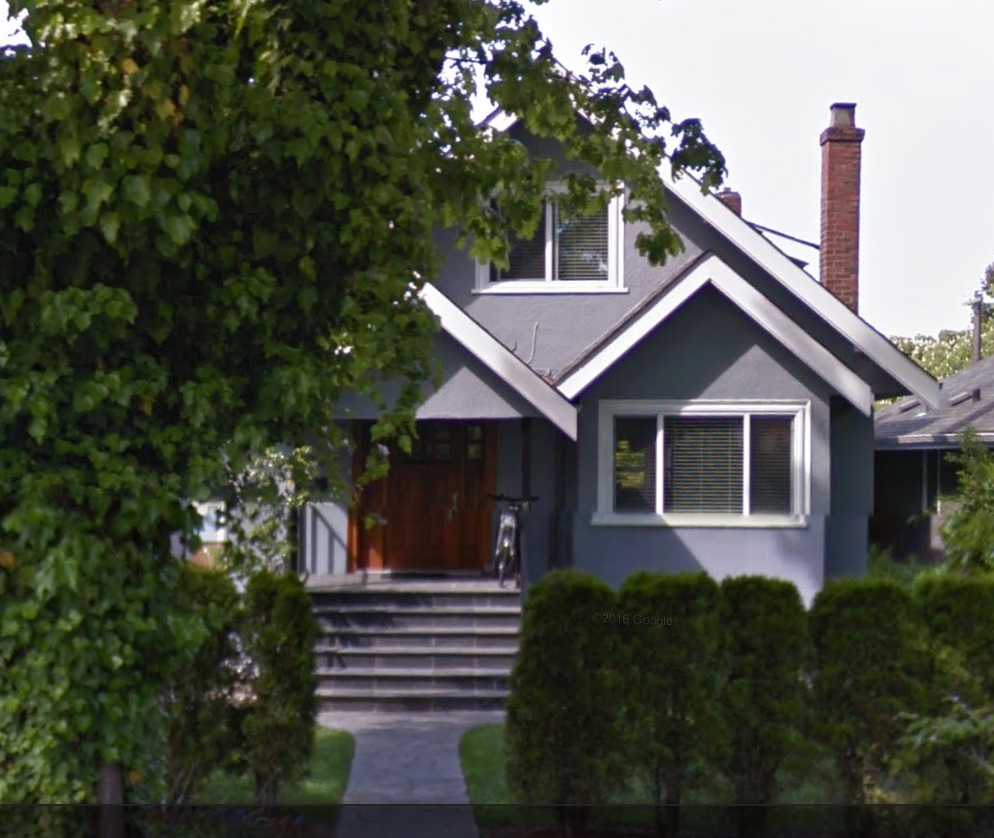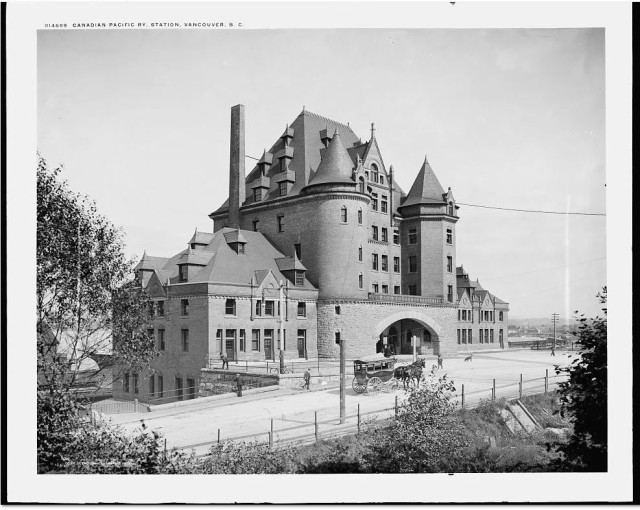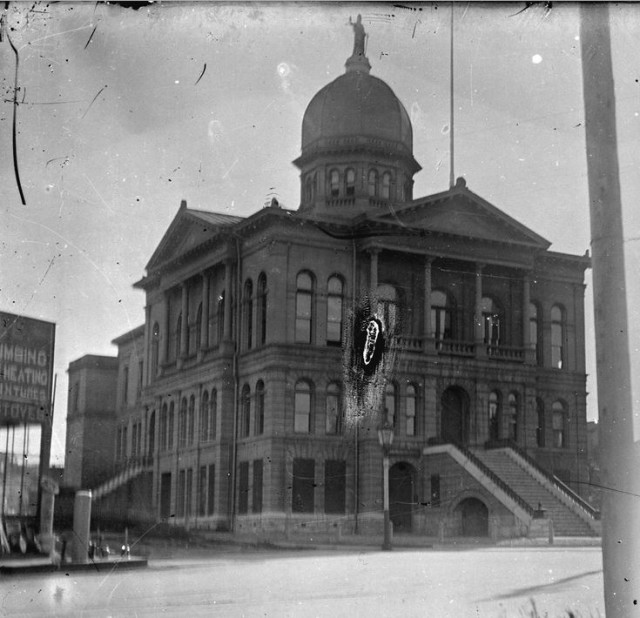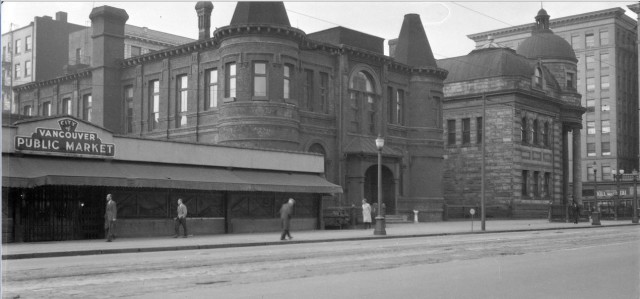Looking at the outside of the plain two-storey building at Victoria Drive and Truimph Street, you’d never guess that Fraser Wilson’s mural runs the full length of a 25-metre wall. The building is the home of the Maritime Labour Centre, and Fraser Wilson painted the mural in 1947.
Story from Vancouver Exposed: Searching for the City’s Hidden History
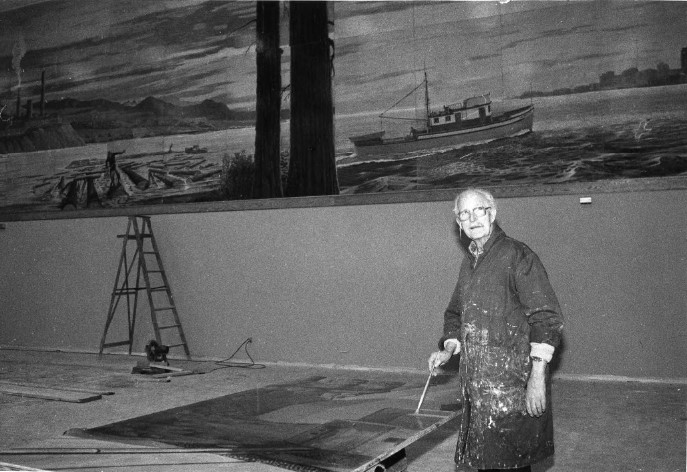
Cartoonist:
Wilson was a bit of a rabble rouser. He was an illustrator and cartoonist for the Vancouver Sun, who was fired from his job of 10 years after speaking out against management at the start of a brutal newspaper strike that went for over three years. In 1991, Wilson told a reporter that he was read a statement that said he was being dismissed for disloyalty to the paper and had an hour to leave the premises.

In 1947, Wilson was the 42-year-old president of the Newspaper Guild, and probably because of that, he was hired to paint a mural honouring BC workers and their contributions to industry onto the walls of the Boilermakers Hall on West Pender.

Pender Auditorium:
For the next four decades, the Pender Auditorium as it was known, became the venue for a number of bands including a Grateful Dead concert in 1966. When the building sold in 1985, the new owner wanted to divide the main hall into offices. It would have been the end of the mural which had been painted right onto the Gyprock. Instead, a deal was struck to move the mural to the new union building on Triumph Street.
With funding through the Vancouver Centennial Commission, West Vancouver art restorer Ferdinand Petrov was tasked with taking the mural down in sheets, scraping off the plaster backing and glueing it to heavy canvas and then on to birch plywood and, finally, cutting it into small panels. Later it would be assembled in its new home much like a giant jigsaw puzzle.
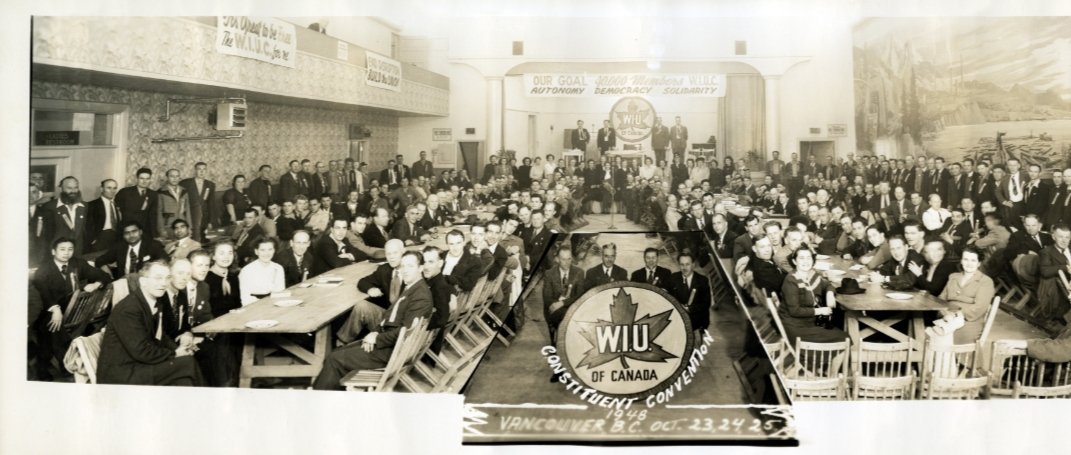
Rehomed:
Fred Svensson, a retired shipwright and joiner, is one of the few members of MWBIU Local 1 who remembers the mural in its original setting. Unfortunately, the wall in the new building was more than 4.5 metres shorter than the old wall. “They took out the section right in the middle,” he told me. “There are two trees in the centre of it now. It looks a little odd, but it doesn’t take away from the picture.”
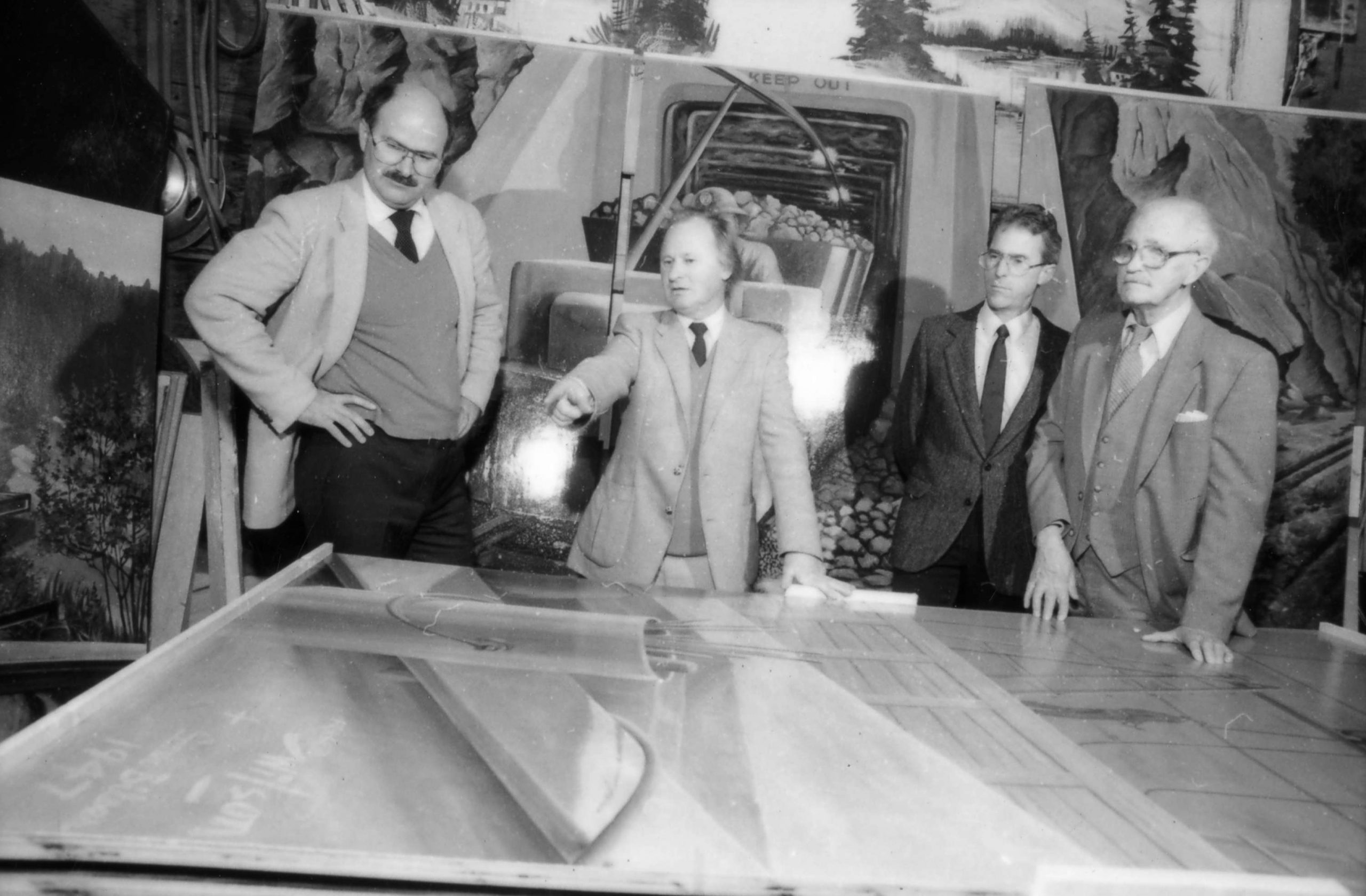
He’s right—the mural is stunning. Wilson, was 83 when the mural was moved to the Maritime Labour Centre, and he was still running his graphic design business. He returned to paint the transition scenes, and the lost panels were likely discarded, says Fred.
Lucky it was moved, because the Pender Auditorium burned down in 2003. The mural has so far survived a couple of fires in the new building and an attempt to sell the building that the membership has so far managed to stave off.
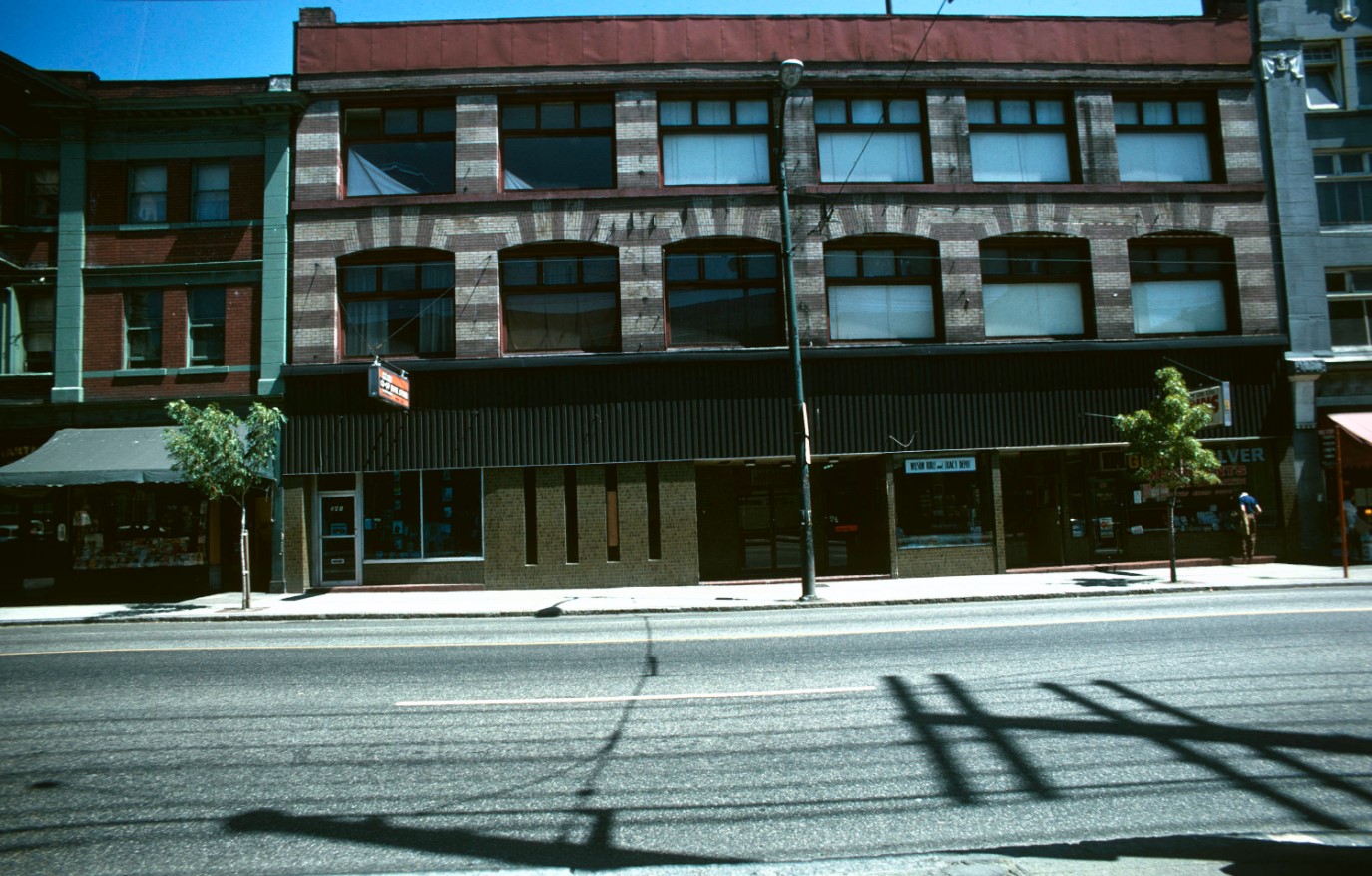
For more about Fraser Wilson check out Jason Vanderhill’s Illustrated Vancouver blog
© All rights reserved. Unless otherwise indicated, all blog content copyright Eve Lazarus


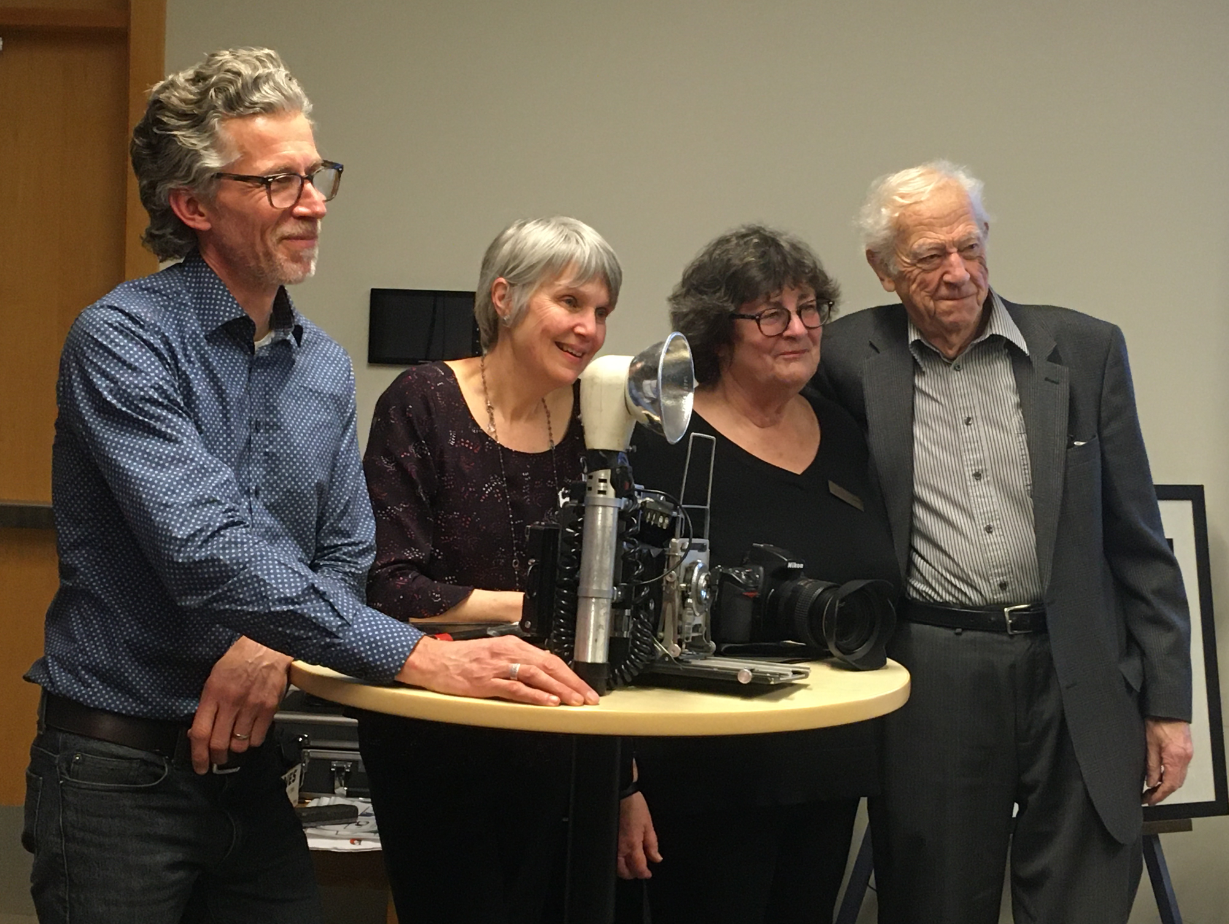


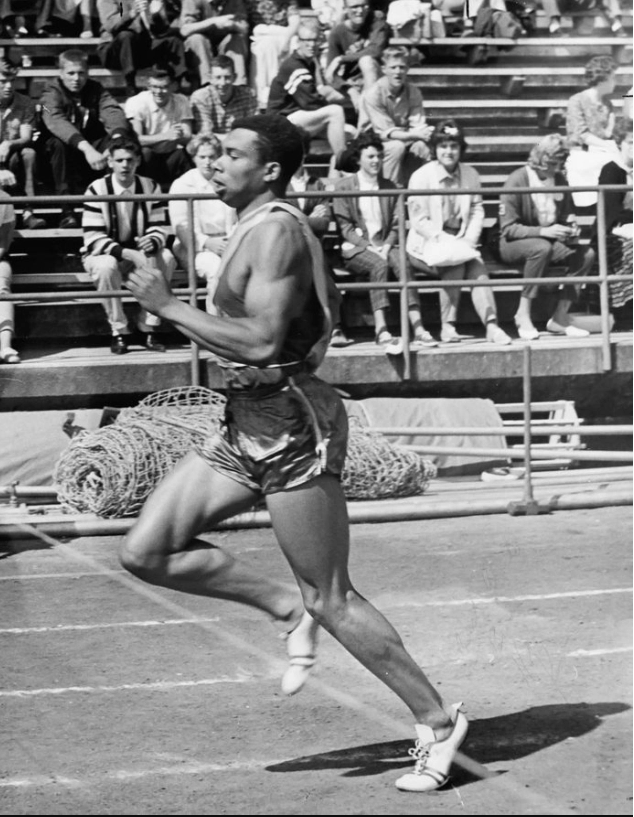
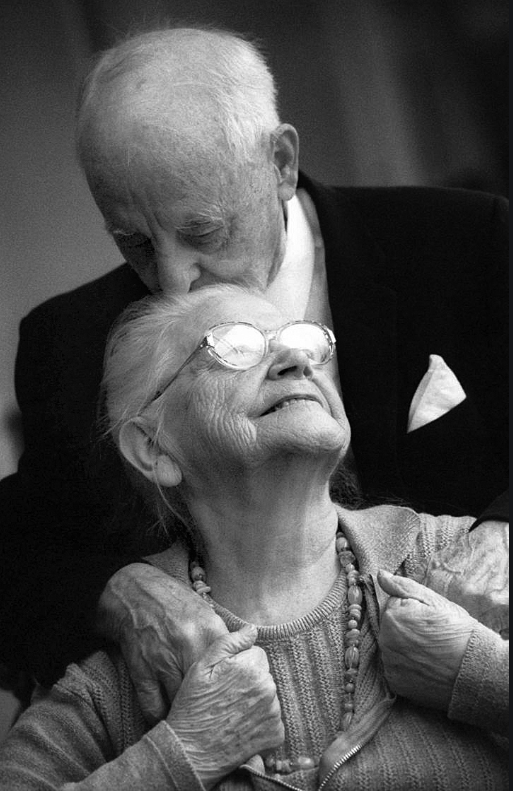
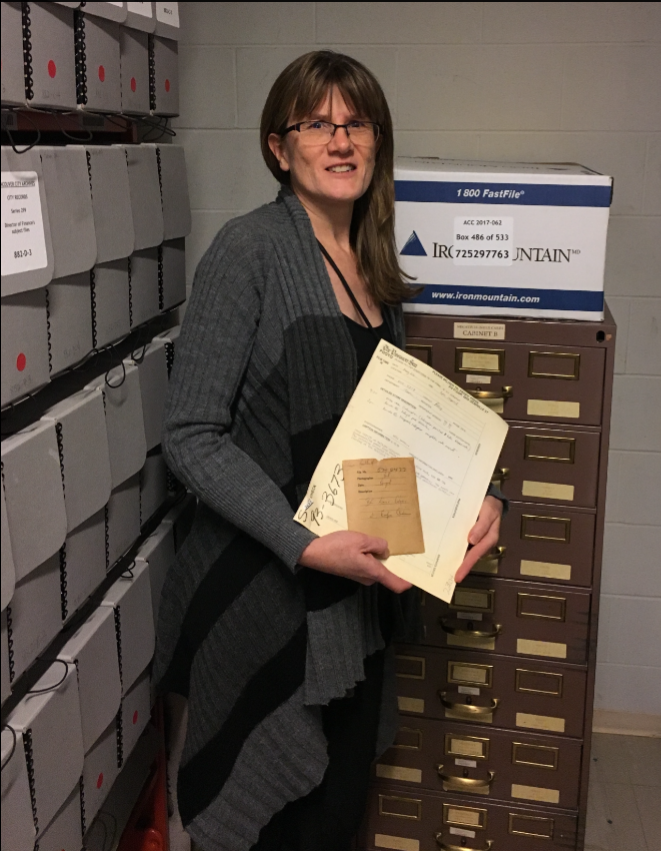

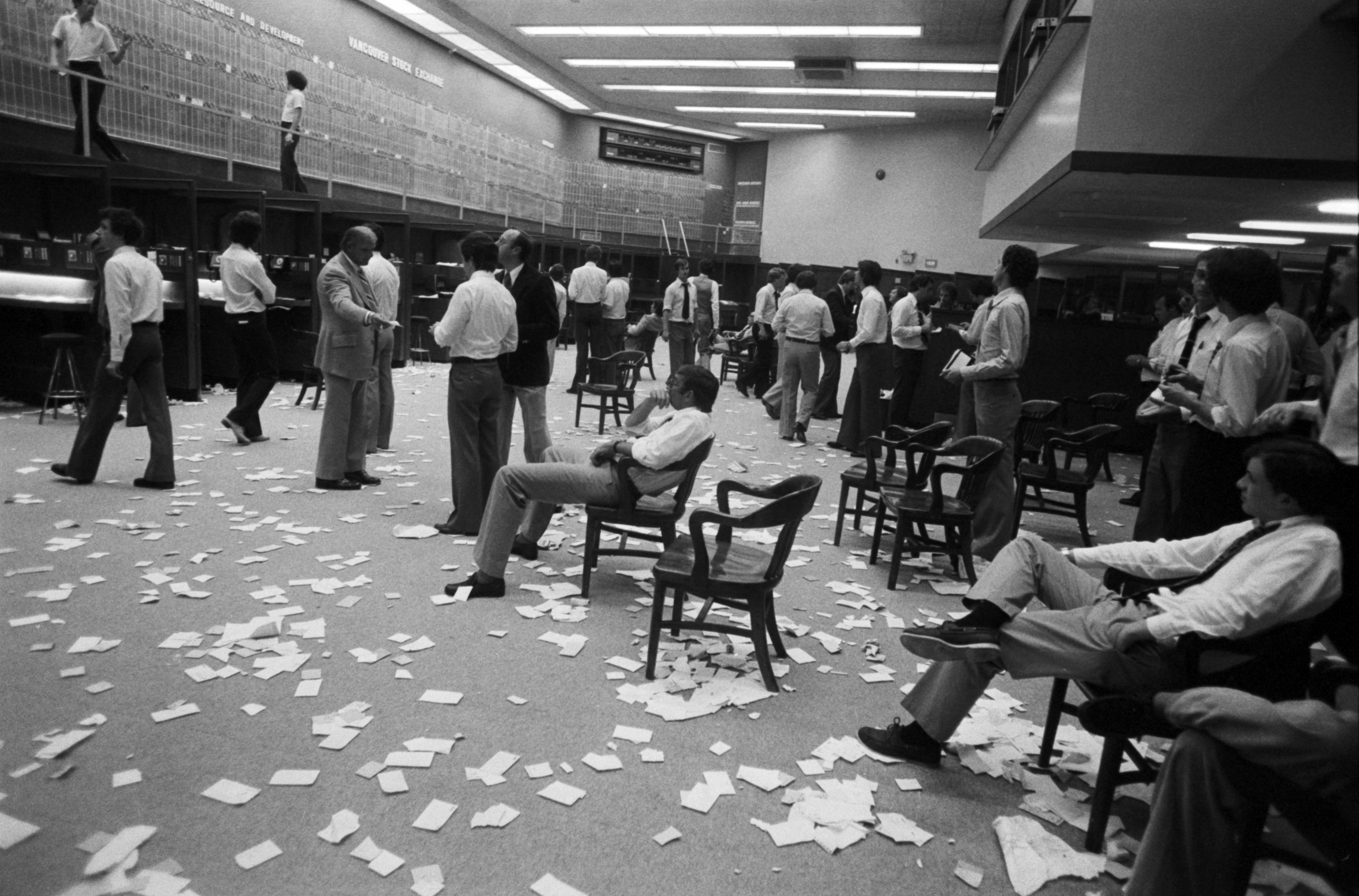
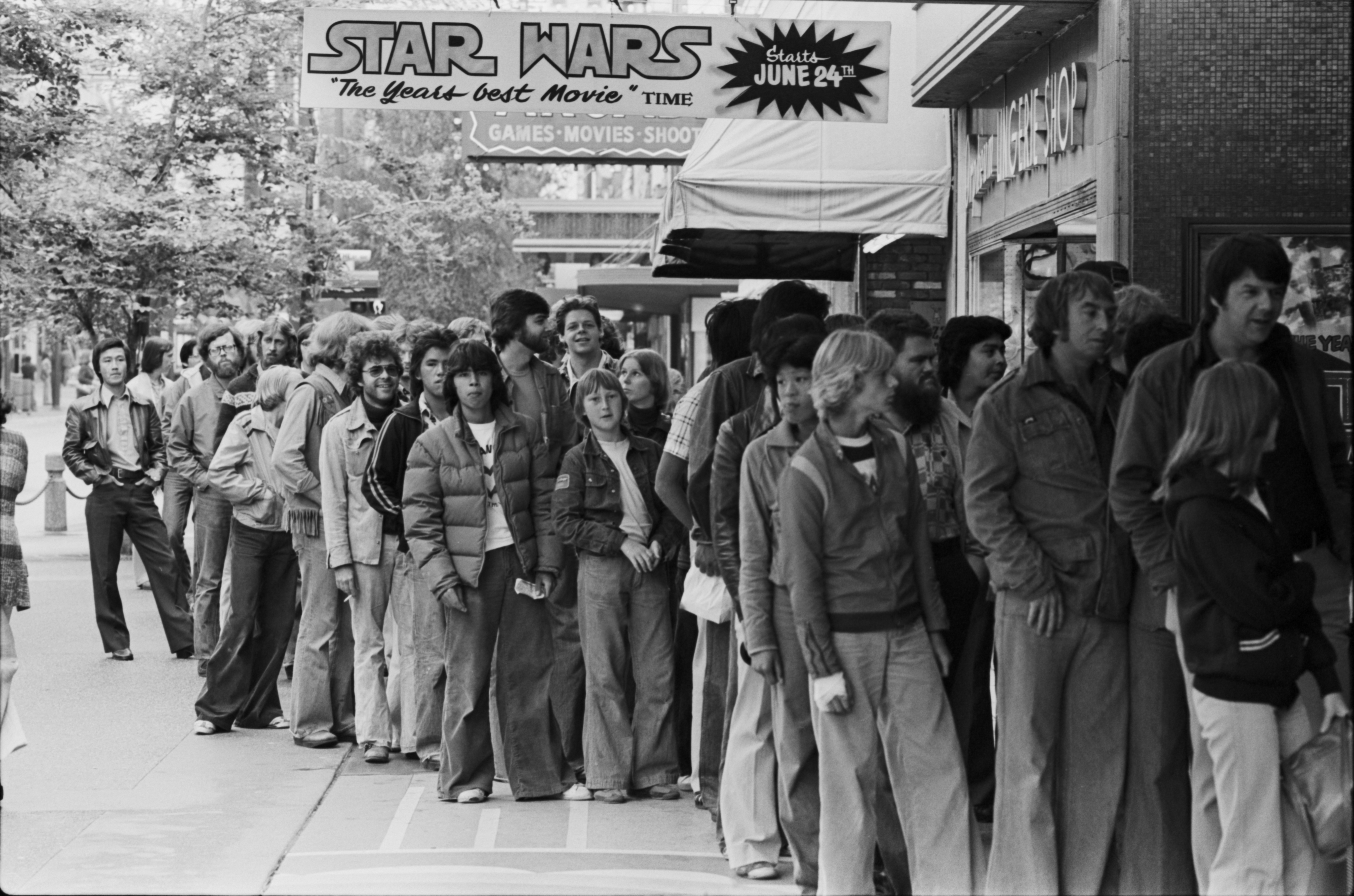
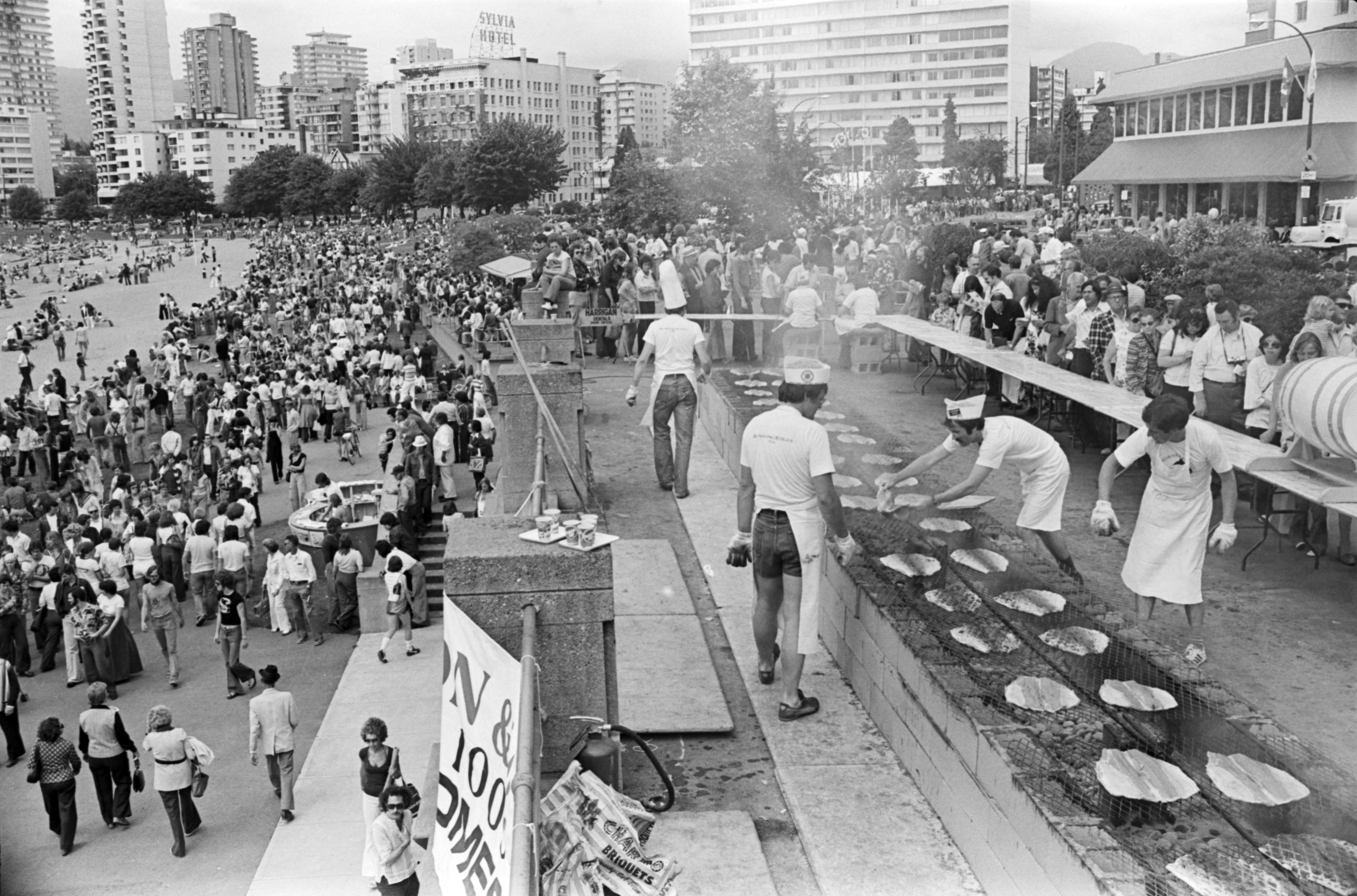
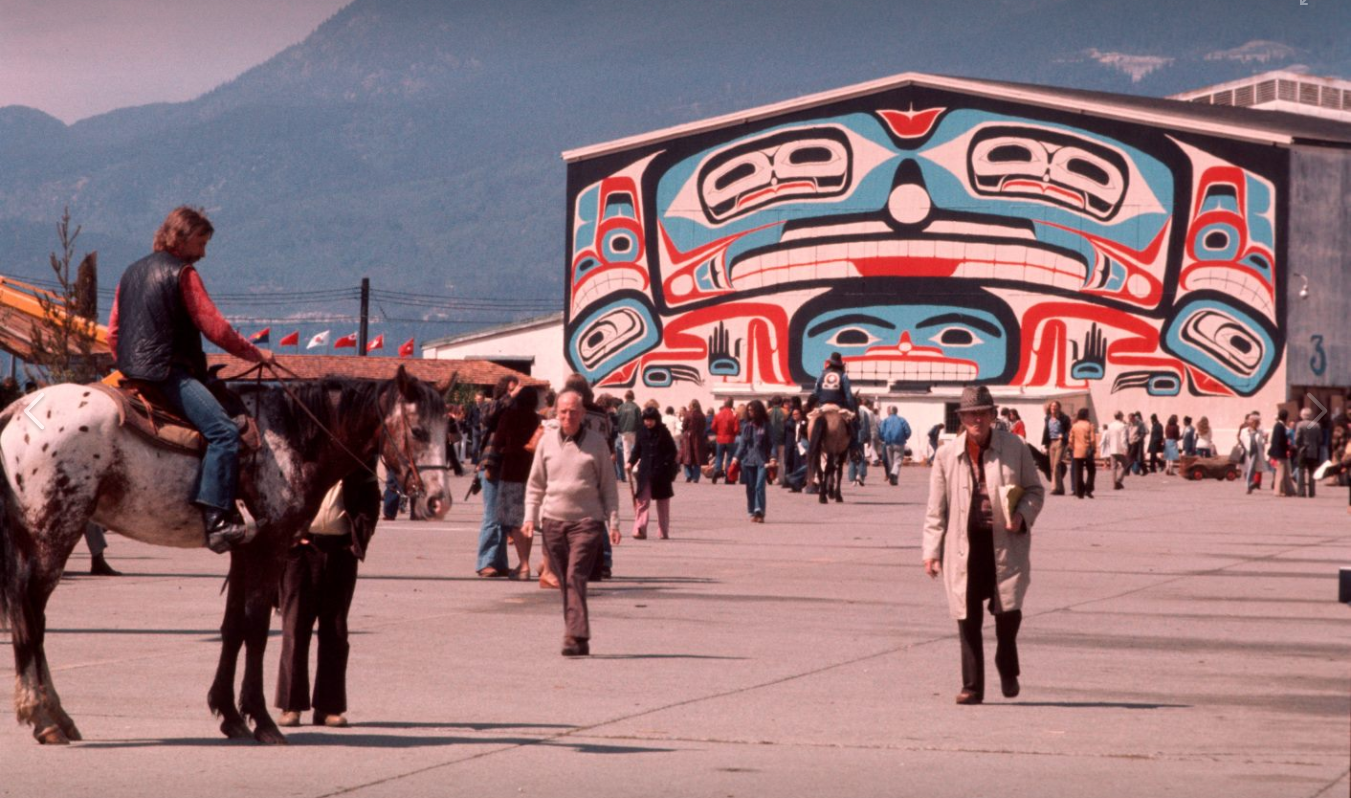
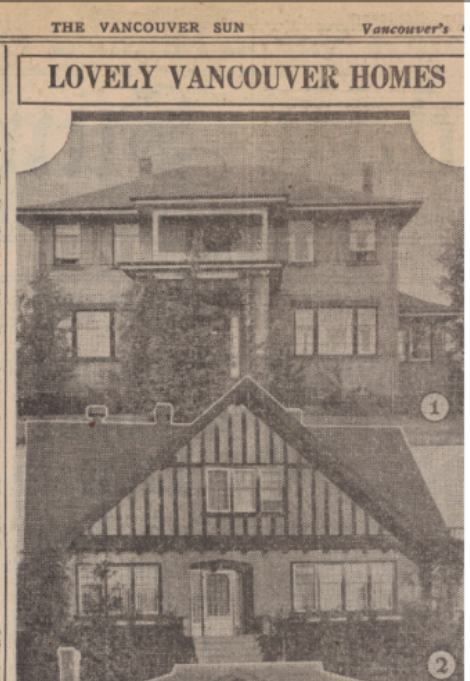
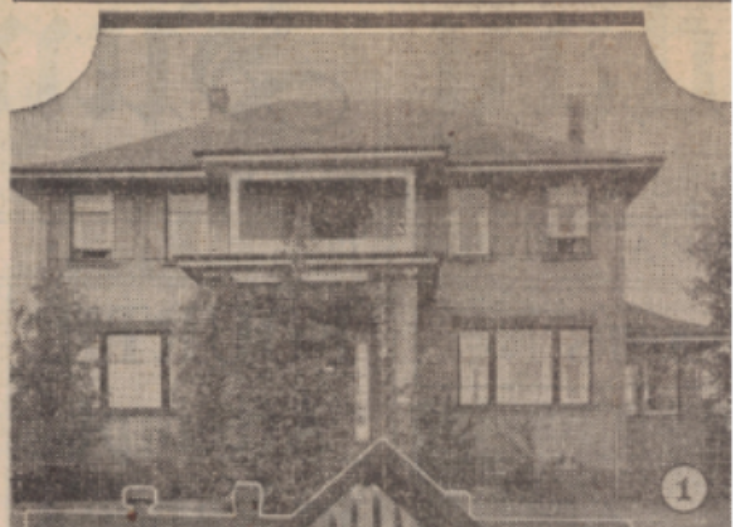

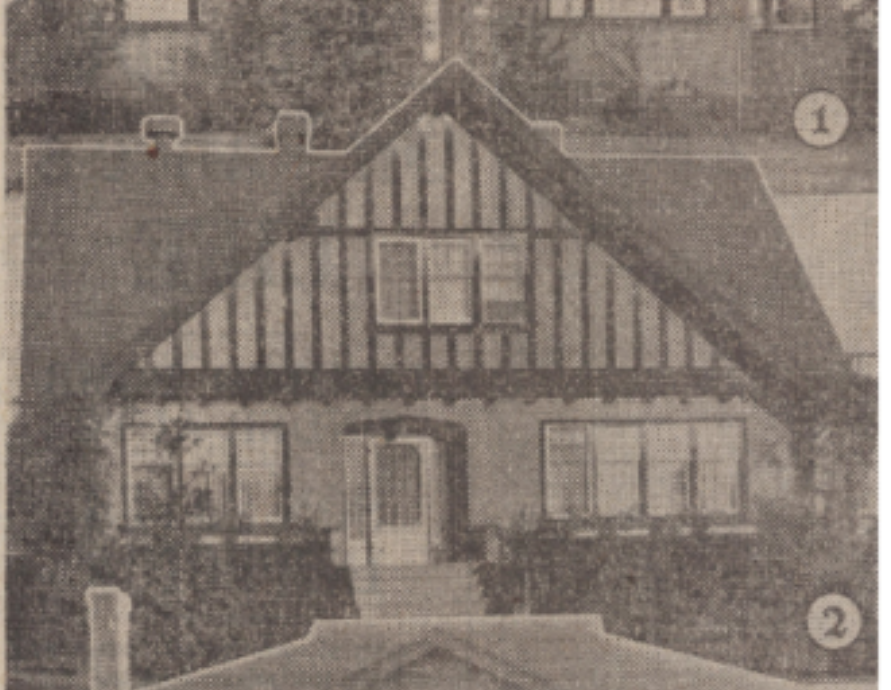 Replaced by two houses that look like every other one in the area.
Replaced by two houses that look like every other one in the area.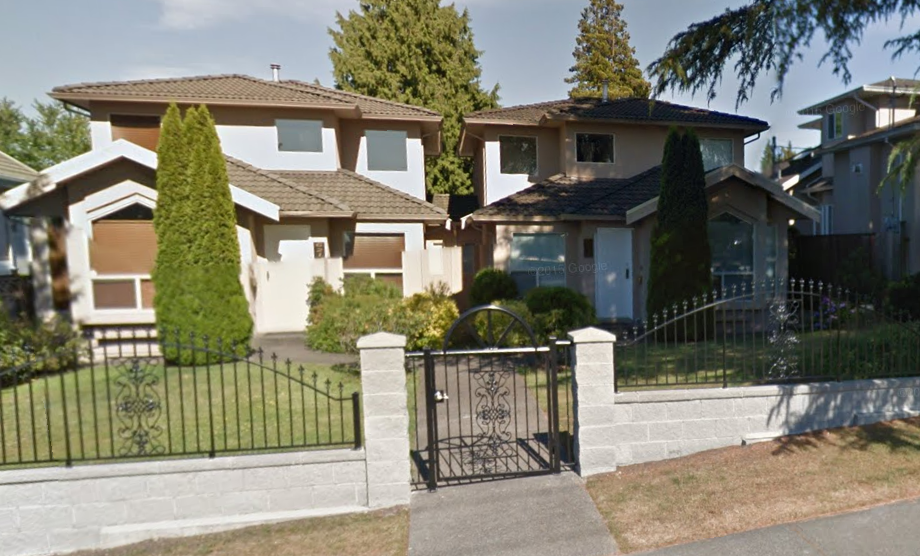
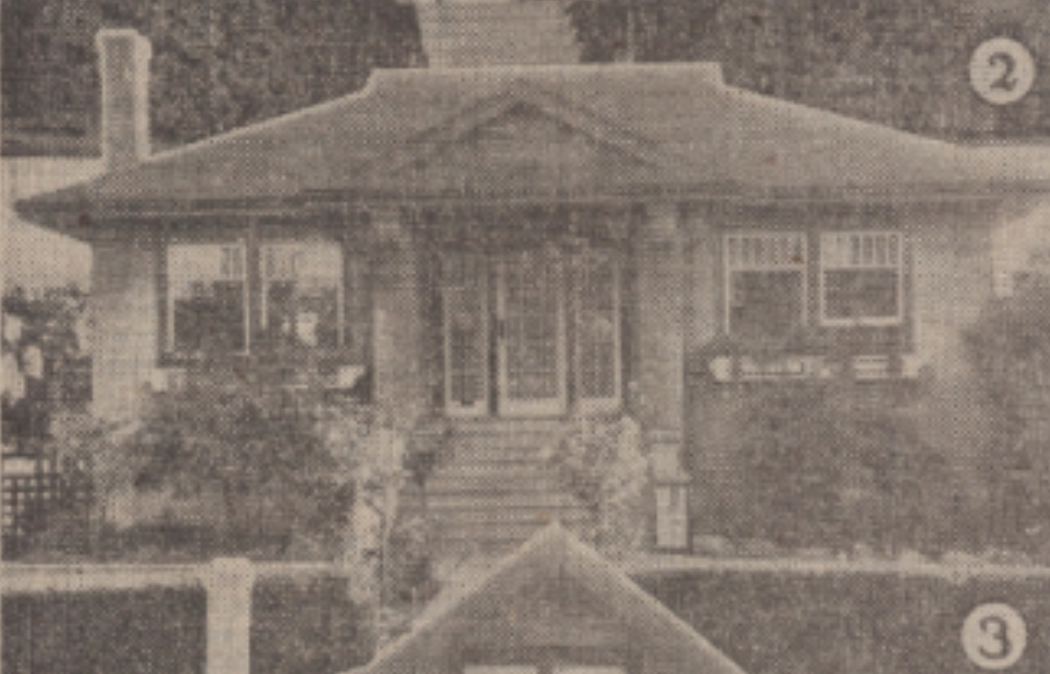
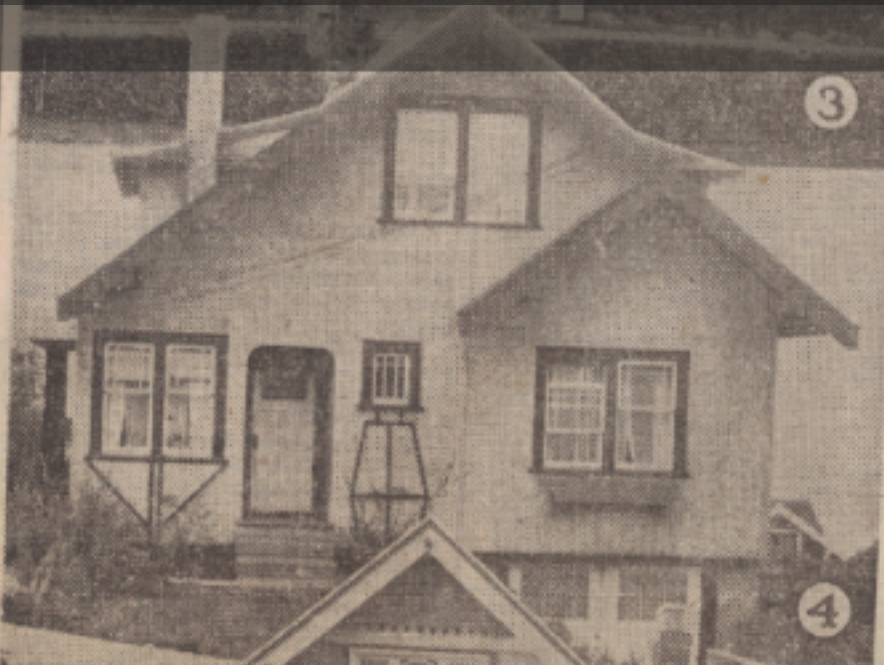 Miraculously still hanging in there, but looking at its neighbours, perhaps not for long
Miraculously still hanging in there, but looking at its neighbours, perhaps not for long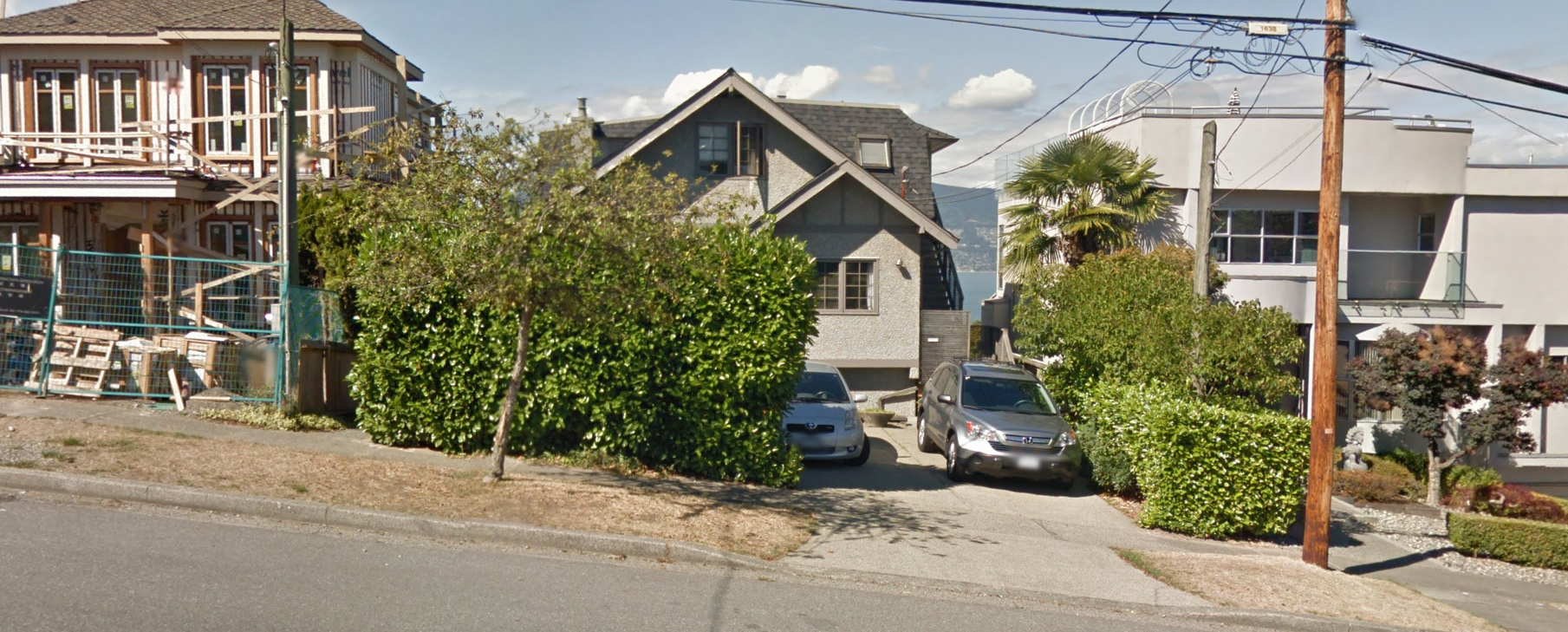
 And, yes it’s still there looking much the same as it did 82 years ago, but with some new clothes.
And, yes it’s still there looking much the same as it did 82 years ago, but with some new clothes.